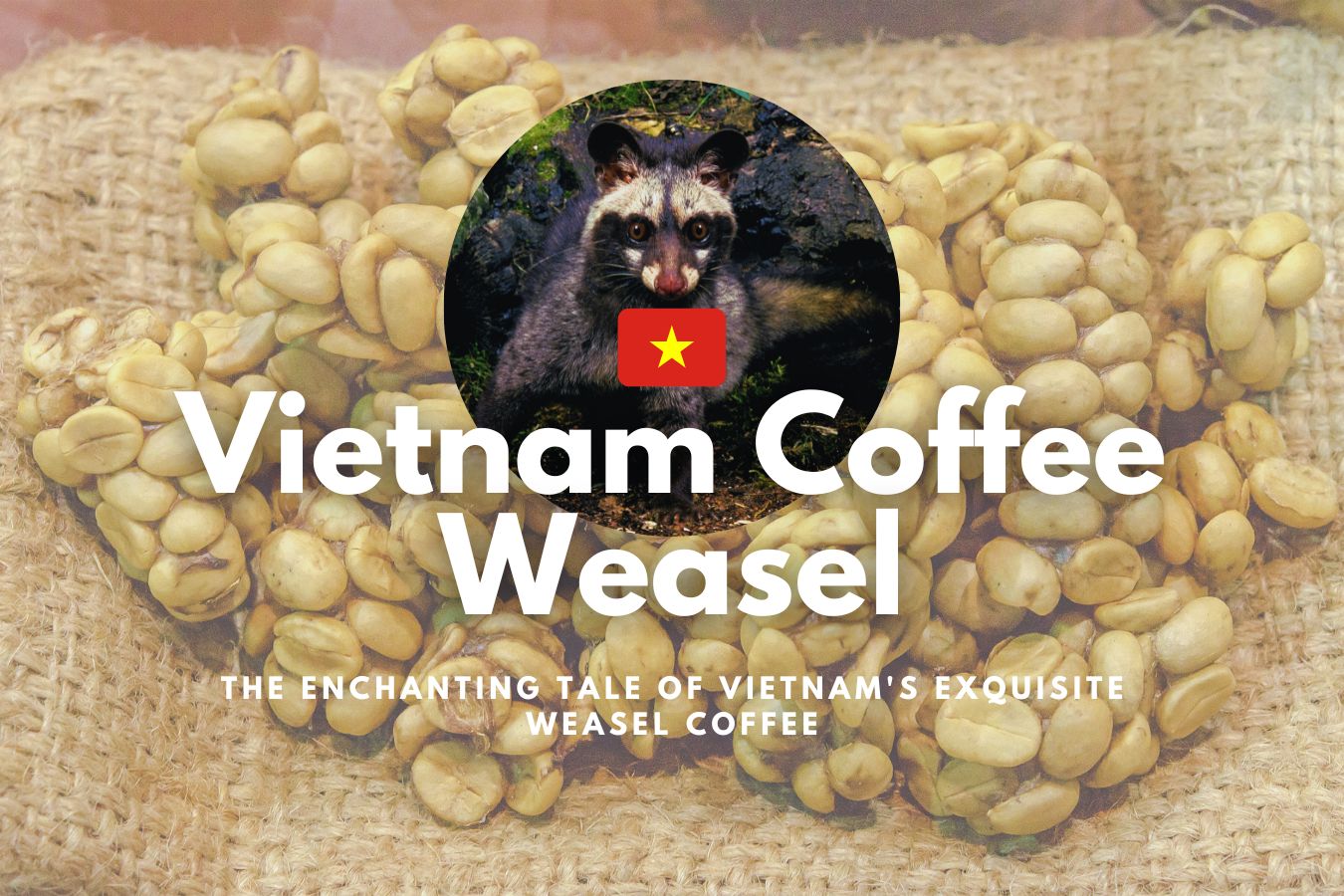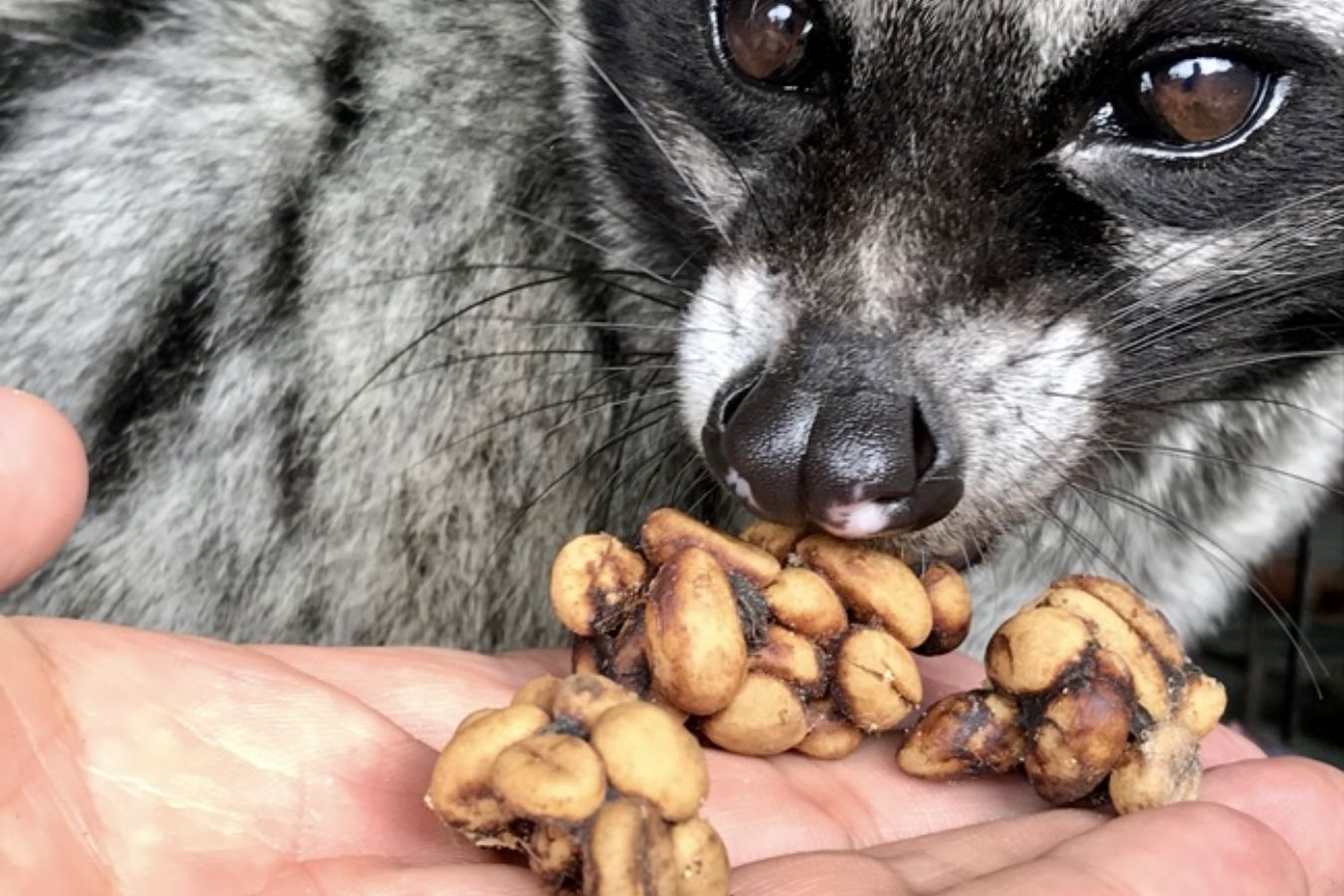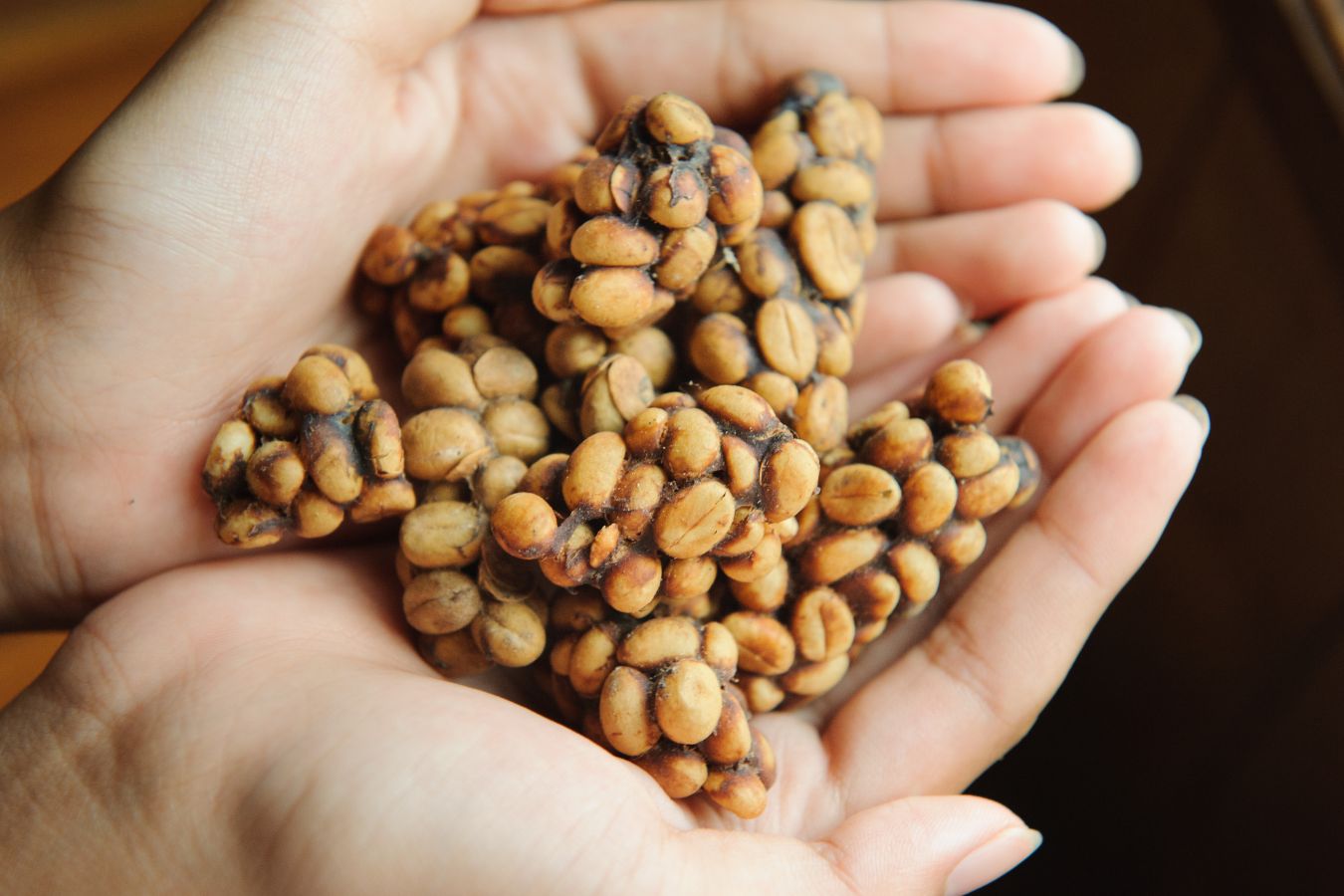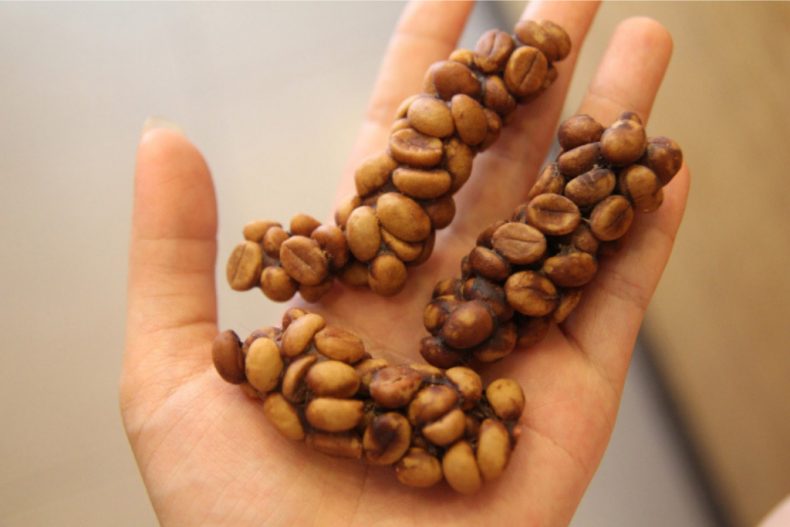
Introduce Vietnamese weasel coffee and its unique appeal.
Vietnamese weasel coffee, a great and luxurious brew, has captured the hearts and palates of coffee enthusiasts and connoisseurs worldwide. Known locally as “ca phe chon,” this exquisite coffee variety owes its unique appeal to the involvement of the Asian palm civet, a small, cat-like mammal native to the region. The coffee’s distinct flavor profile, combined with its fascinating production process, sets it apart from other coffee varieties and adds to its allure.
This captivating coffee has a smooth, rich, and complex taste, with a perfect balance of acidity, bitterness, and sweetness. It is often described as having notes of chocolate, caramel, and tropical fruits, resulting in a truly memorable and indulgent sensory experience. The rare and unconventional production method involving the Asian palm civet and its delectable flavor make Vietnamese weasel coffee a sought-after luxury in the world of specialty coffee.
Most people are understandably skeptical when presented with a cup of weasel poop coffee, expecting the flavor to be… earthy. That, however, is not the case.
The cherries are partially fermented in the civet’s digestive tract, modifying their chemical composition. The result is a smooth, rich coffee with overtones of cocoa and salted caramel.

The coffee beans are collected from the weasel droppings, but the final product has been cleaned and processed. So there is no poop in your cup of coffee, which is a good start to consider should you try weasel coffee in Vietnam.
Making regular beans is a simple technique. Vietnamese coffee is made by hand-picking ripe coffee cherries, washing them to remove dirt, and removing any poor cherries (dried, small pip, unripe). The pips are removed from the flesh of the eligible cherries in grinders, and the beans are fermented in tanks for 24 to 36 hours. They will then be dried on racks in a house, protected from the sun, rain, and insects, and roasted until a dark brown hue has developed.
The Unique Production Process
The selective feeding habits of the Asian palm civet
The intriguing production process of Vietnamese weasel coffee begins with the Asian palm civet. These small, nocturnal mammals are known for their selective feeding habits, as they only choose the ripest and highest-quality coffee cherries to consume. Their discerning palate ensures that only the finest coffee beans are used in producing weasel coffee.
The fermentation process within the civet’s digestive system
Once the Asian palm civet ingests the coffee cherries, the beans inside undergo a unique fermentation process as they pass through the civet’s digestive system. Enzymes in the civet’s stomach break down the proteins in the coffee beans, which ultimately alters their chemical composition and results in a smoother and less bitter taste. The beans remain undigested and are eventually excreted by the civet.
Collection, cleaning, and roasting of the coffee beans
After excreting the beans, they are carefully collected from the civet’s droppings. The beans are then thoroughly cleaned to remove any residual matter and are left to dry in the sun. Once dry, the beans are sorted, graded, and roasted to perfection, producing the final product – Vietnamese weasel coffee. This labor-intensive and intricate process contributes to the coffee’s rarity and exclusivity, making it highly sought-after among coffee lovers.
There are coffee-loving “Civets” tea
According to published papers (author Thu Hoa), many different types of mink can be found in Indonesia, the Philippines, Vietnam, and southern China. Carnivores make up the majority of these weasels.
Only ferrets in Buon Ma Thuot, Vietnam, and Indonesia enjoys eating fruit, with the most luscious, ripe coffee berries topping the list. The weasel feeds at a unique time, from 10 a.m. to 0 p.m., the ideal time for all species.
The digestive system flavor coffees
The coffee fruit has a thin skin, relatively thick flesh, rice husk, silk–seed (kernel) layer from the outside. However, weasels prefer thick meat since it has a sweet taste. They scratch the seed’s delicate outer shell before swallowing it completely.
The thrilling voyage of coffee beans begins there, bringing to coffee aficionados a product called weasel coffee that captivates and arouses the urge for exploration in those who have ever had the pleasure to experience it. Investigate the natural world’s marvels.

According to Professor Massimo Marcone’s (University of Guelph, Canada) research, enzymes (digestive enzymes) and microorganisms penetrate the husk in the process of digesting coffee beans that are swallowed into the belly of the mink., penetrate inside the coffee bean, and directly affects and cuts the structure of proteins to create more than 800 molecules of aroma (aroma), creating sugars and increasing small flavor molecules.
This is why the flavor of the beans and coffee has been altered to make a unique taste of weasel coffee with an intense and seductive perfume.
Describe the taste of Vietnamese weasel coffee.
The taste of Vietnamese weasel coffee is a delightful and unforgettable sensory experience distinguishes it from other coffee varieties. Its unique flavor profile is smooth, rich, and complex, providing an exquisite balance of acidity, bitterness, and sweetness.
The fermentation process within the Asian palm civet’s digestive system is responsible for the coffee’s distinct taste, characterized by a subtle earthiness and a pronounced depth of flavor. Notes of chocolate, caramel, and tropical fruits like lychee and papaya can often be detected, adding a delightful nuance to each sip.
The body of Vietnamese weasel coffee is typically entire and velvety, with a lingering and pleasant aftertaste that invites you to savor each sip slowly. Its aroma is equally enchanting, exuding a combination of sweet, floral, and nutty scents that perfectly complement the coffee’s rich taste. This unique flavor profile, coupled with the coffee’s fascinating production process, makes Vietnamese weasel coffee a genuinely exceptional and sought-after luxury in the world of specialty coffee.
The Role of weasel coffee in the Development of specialty coffee culture
Weasel coffee has played a significant role in developing and evolving specialty coffee culture, contributing to the worldwide appreciation and exploration of unique coffees.
As a rare and luxurious brew with a fascinating production process, weasel coffee has piqued the interest of coffee enthusiasts and connoisseurs. Its distinctive flavor profile, coupled with the involvement of the Asian palm civet in its production, has added an element of intrigue and novelty to the world of coffee, inspiring curiosity and conversation among fans.
The rise in popularity of weasel coffee has also encouraged the growth and expansion of the specialty coffee industry. As demand for this exclusive coffee variety increased, so did the interest in other unique and high-quality beans, fostering a culture of experimentation and appreciation for diverse coffee experiences.
Furthermore, the story of weasel coffee’s origins and unconventional production process has resonated with consumers interested in understanding their coffee’s journey from farm to cup. This awareness has led to a greater appreciation for the craftsmanship and dedication involved in producing specialty coffee and a growing focus on sustainability, ethical practices, and the welfare of those involved in the coffee supply chain.
In summary, the role of weasel coffee in developing a specialty coffee culture has been multifaceted. It has enriched the diversity of coffee offerings and fostered an environment of curiosity, appreciation, and ethical consciousness among coffee enthusiasts worldwide.
